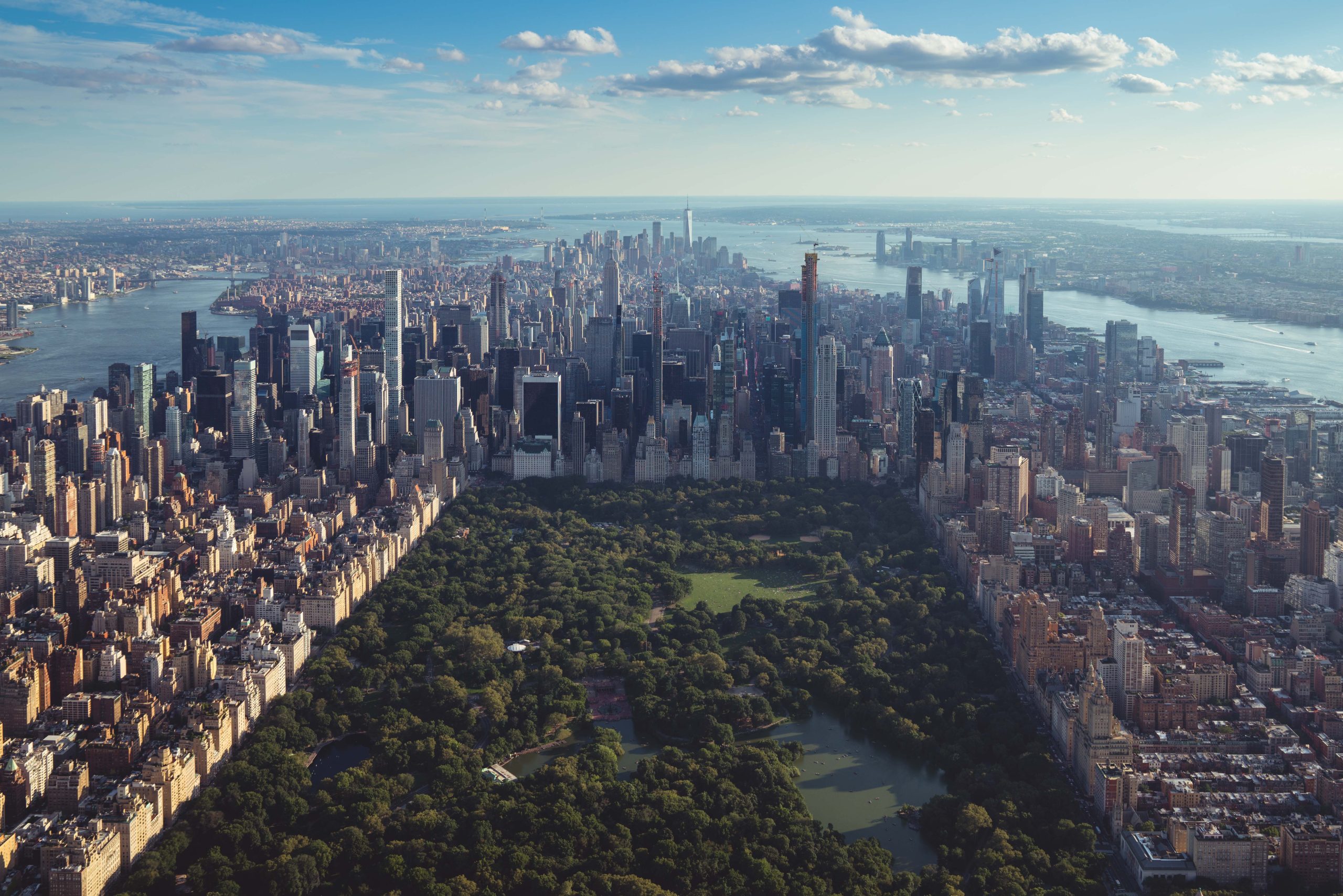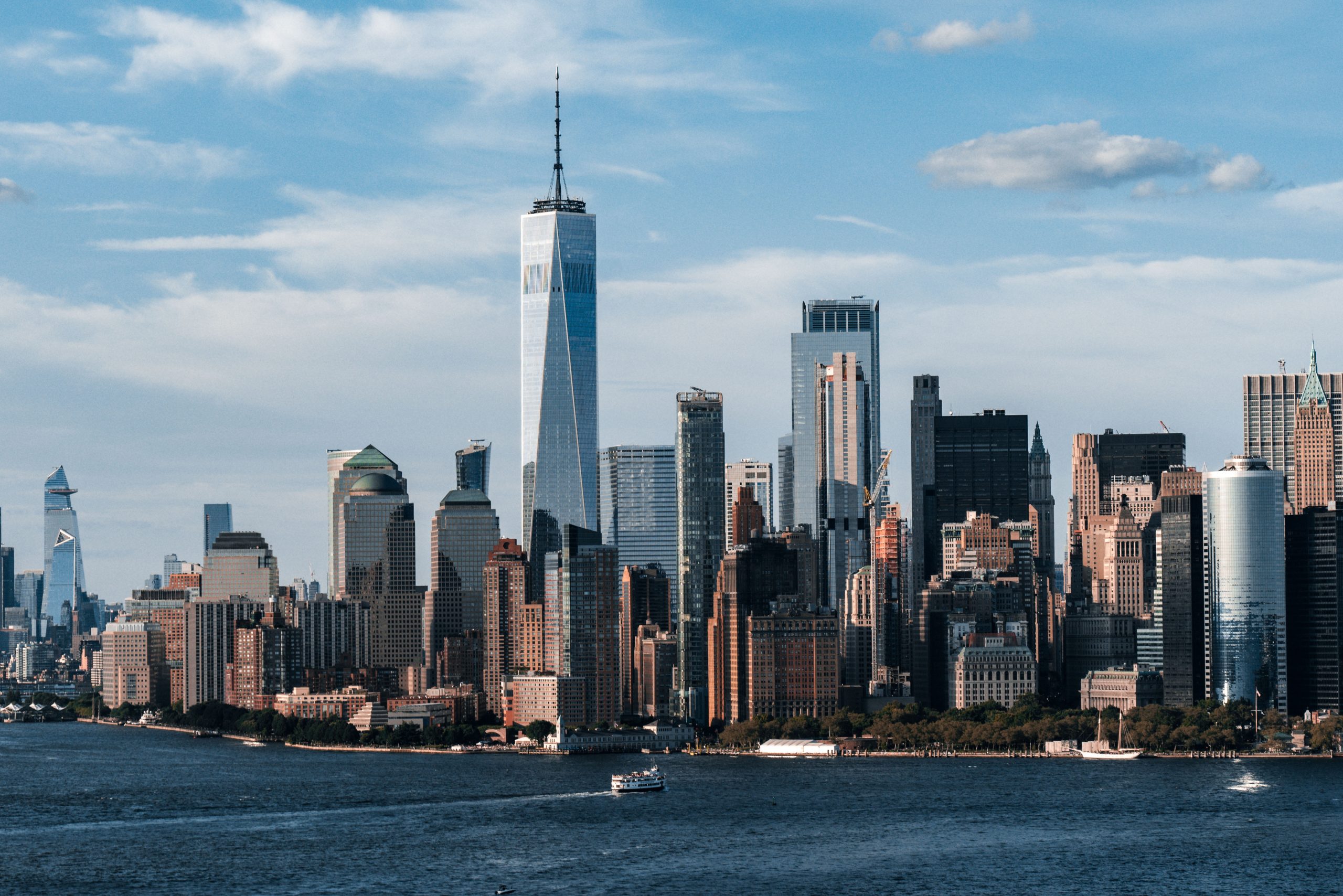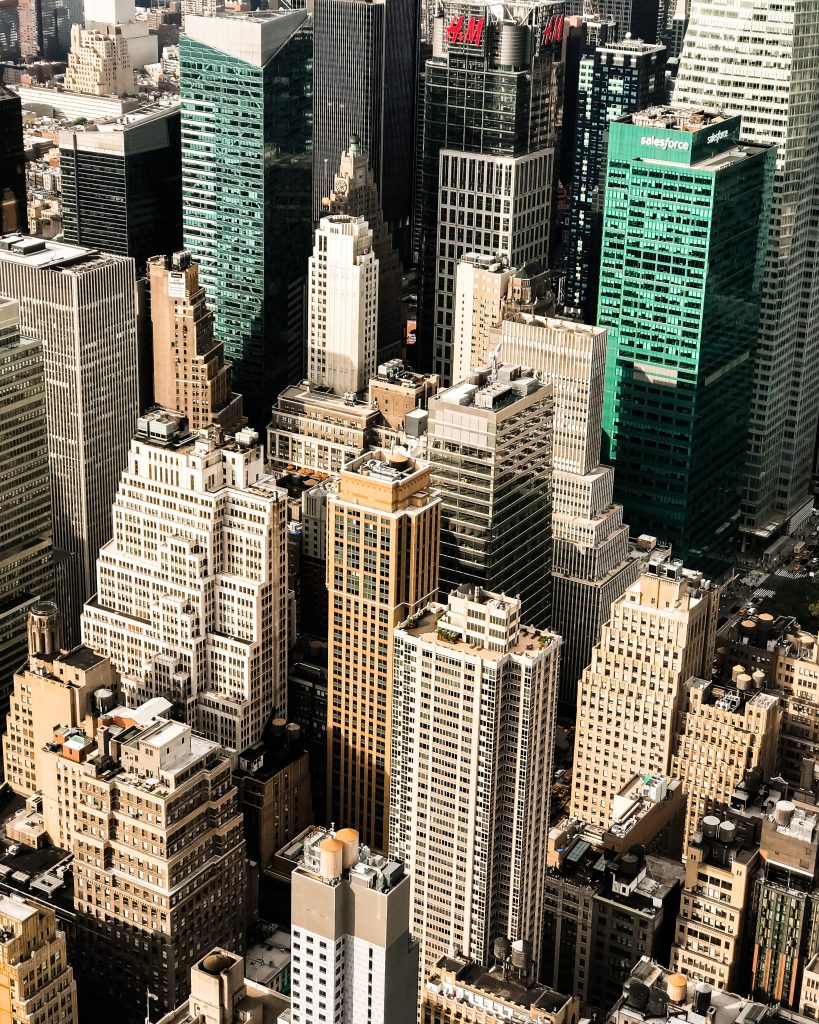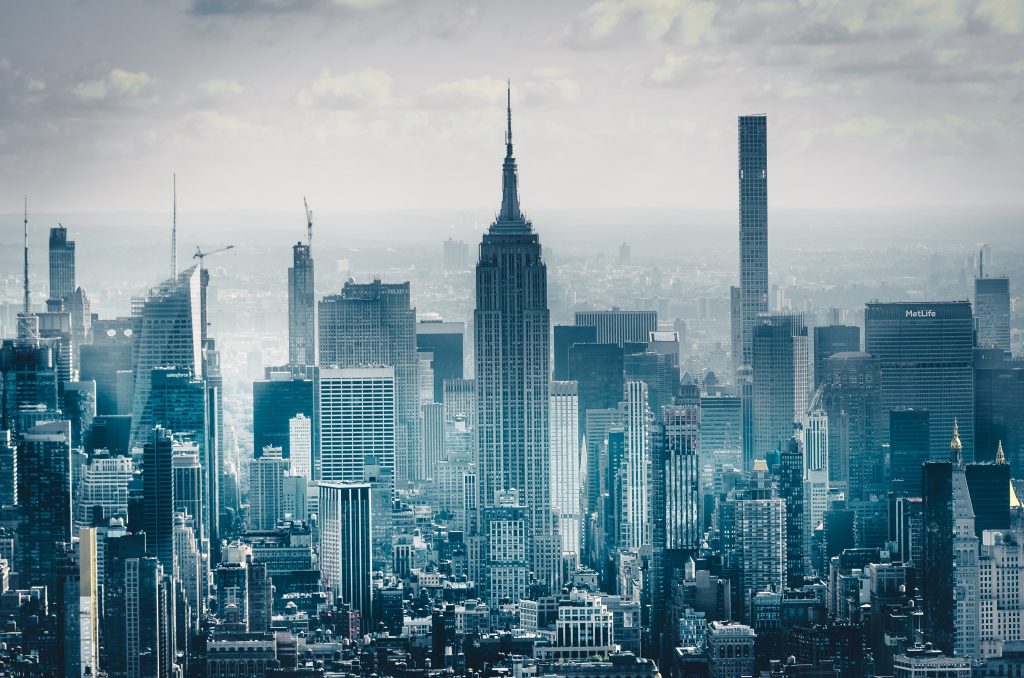
New York City – like many cities – is slowly sinking. But the weight of its skyscrapers is accelerating the process in Manhattan. What is happening in the metropolis and how can the sinking be stopped?
Billboard
Skyscrapper
Halfpage
Rising sea levels are bad news for many cities. For example, the US metropolis of New York City is sinking by about one to two millimetres per year. This increases the risk of flooding even more. Accordingly, flooding could affect the city significantly more in the future. The combination of rising sea levels and a sinking city is fatal, and the weight of the many skyscrapers in Manhattan amplifies the effect.
764 million tonnes are causing New York City to sink
Over one million buildings are located in New York City. The skyscrapers in particular are very heavy at 1.5 to 2 tonnes per cubic metre. Among the heaviest buildings is the famous Empire State Building, made of steel, granite and limestone, weighing around 370,000 tonnes. This is not a problem on bedrock, but if a skyscraper is on softer ground near the coast, it contributes to sinking.
According to estimates by a group of experts around geophysicist Tom Parsons, published in the journal Earth’s Future, the city’s buildings weigh about 764 million tonnes. The city’s different and very diverse surface types behave differently when exposed to stress. But the clayey soils with artificial fills, which are common in the borough of Brooklyn, for example, yield slightly to weight. The subsidence potential with building is between 7.5 and 60 centimeter – with other soils only 6 to 12 cm and with rock only 0.5 centimeter can be expected.

Lower Manhattan only just above sea level
The scientific team warns against being too careless about the double threat of sinking soil and rising sea levels. Since 1950, the water level on the New York coast has risen by about 23 cm. And in general, the risk of rising sea levels is particularly high on the east coast of the USA.
Hurricanes also occur frequently here and can lead to flooding. In 2021, for example, Hurricane Ida showed that New York City’s drainage systems had major problems coping with the large amounts of water. When buildings come into contact with salt water too frequently, materials such as concrete and steel can weaken.
Other problems in New York City, according to the study, include a lack of floodplain standards, additional sinking due to groundwater extraction and a lack of sediment in New York Harbor. The latter used to come from the East River and the Harlem River and protected the city from strong northeast winds and hurricanes.
Lower Manhattan is particularly at risk because the southern tip of the central, densely populated borough is only one to two metres above sea level.
Medium Rectangle
Halfpage


Sinking cities worldwide
90 per cent of buildings in New York City are not built to withstand flooding. Even after Hurricane Sandy in 2012, new construction was not done according to floodplain standards. Instead, the city continues to sink, and it seems that there are no innovative solutions yet.
A look at other cities shows that New York is not alone with this problem. For example, Jakarta in Indonesia is also sinking very fast – much faster than the sea level rose. Parts of the Indonesian capital are sinking at a rate of 2 to 5 cm per year. And Mexico City, although not a coastal city, is sinking at a rate of up to 50 centimeter per year due to the soft soil, as the city is located on a former lake.
The first effect of sea level rise can be seen below the surface. This is because the utility lines housed there, such as cables and pipes, as well as foundations, suffer from the salt water. Storms and floods exacerbate the problem. And as urbanisation increases, so does the demand for groundwater, which damages the soil and can contribute to subsidence. So it makes sense to find more sustainable ways to meet a city’s water needs.
Medium Rectangle
Halfpage


New York City must plan for rising sea levels
What can New York do now? Approaches to sinking cities always depend on the context. One approach is to declare a building freeze to at least slow the sinking. This means a building freeze on soft ground. Instead, new buildings in New York City would be better built on the much more stable rocky ground.
Some cities have had success in slowing water withdrawals from groundwater and aquifers. However, the most common solution to rising sea levels is to build barriers. London, for example, has the Thames Barrier, which is designed to protect the city from flooding from the Thames until at least 2040. Venice has designed MOSE, an intelligent gate system that closes during floods to protect the city from flooding. And Tokyo is working with concrete dikes, walls, pump-out stations and flood gates, as well as early warning systems and evacuation drills.
New York City is still planning: 4 billion dollars (3.65 billion euros) are to be invested in walls, improved drainage systems and elevated roads. But it is still unclear when the metropolis will start to deal concretely with the pressing problem.
Read more about New York City and its five districts in the city portrait.












